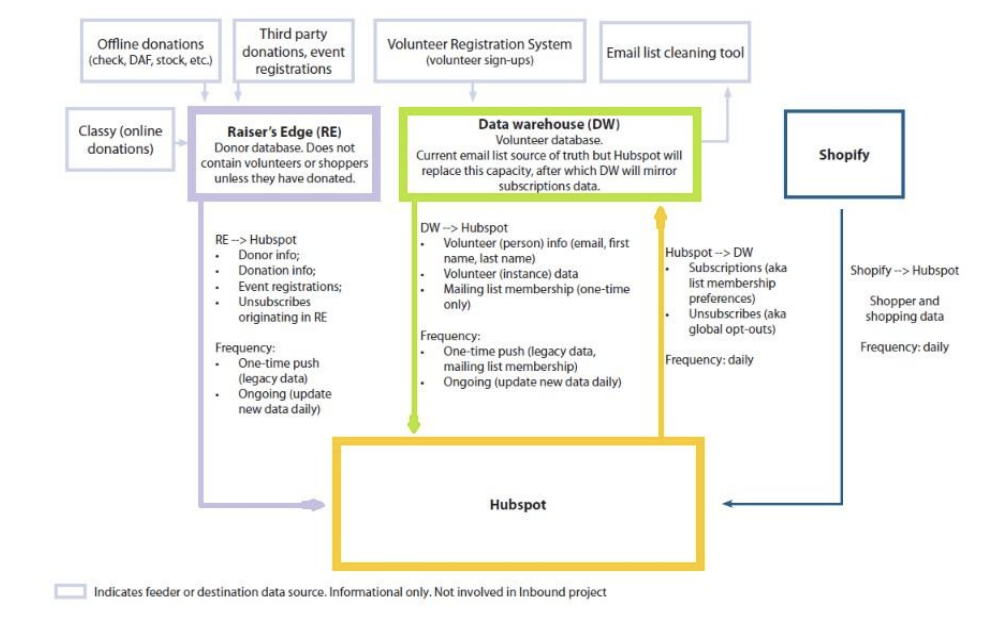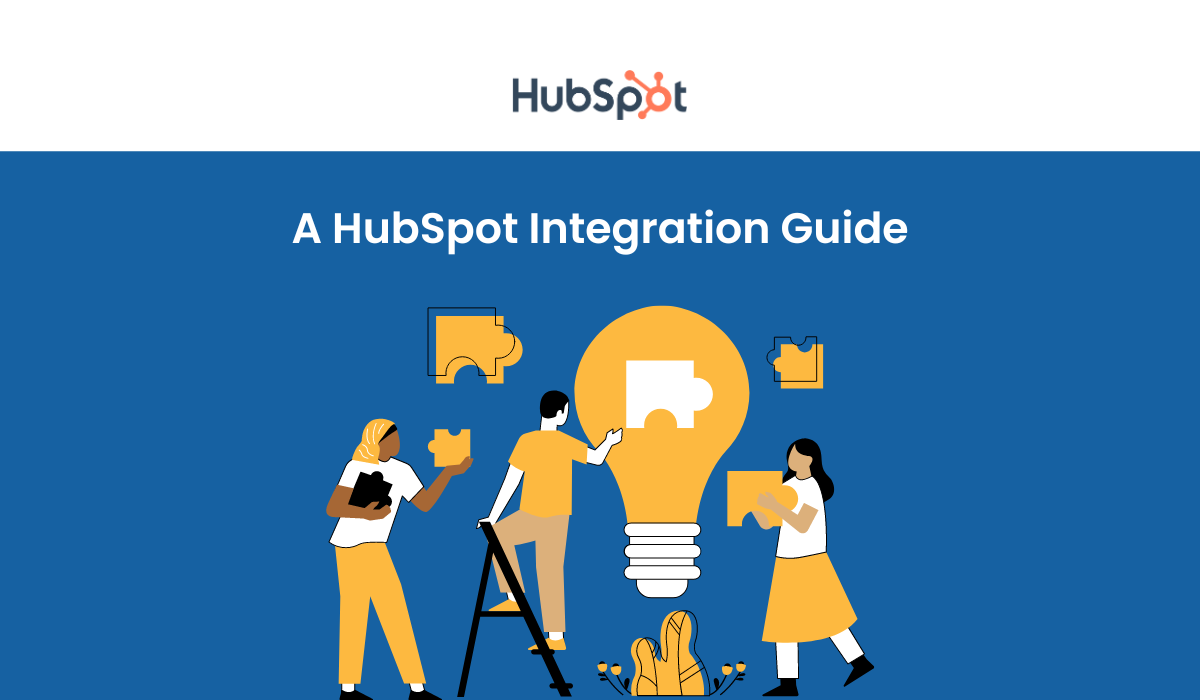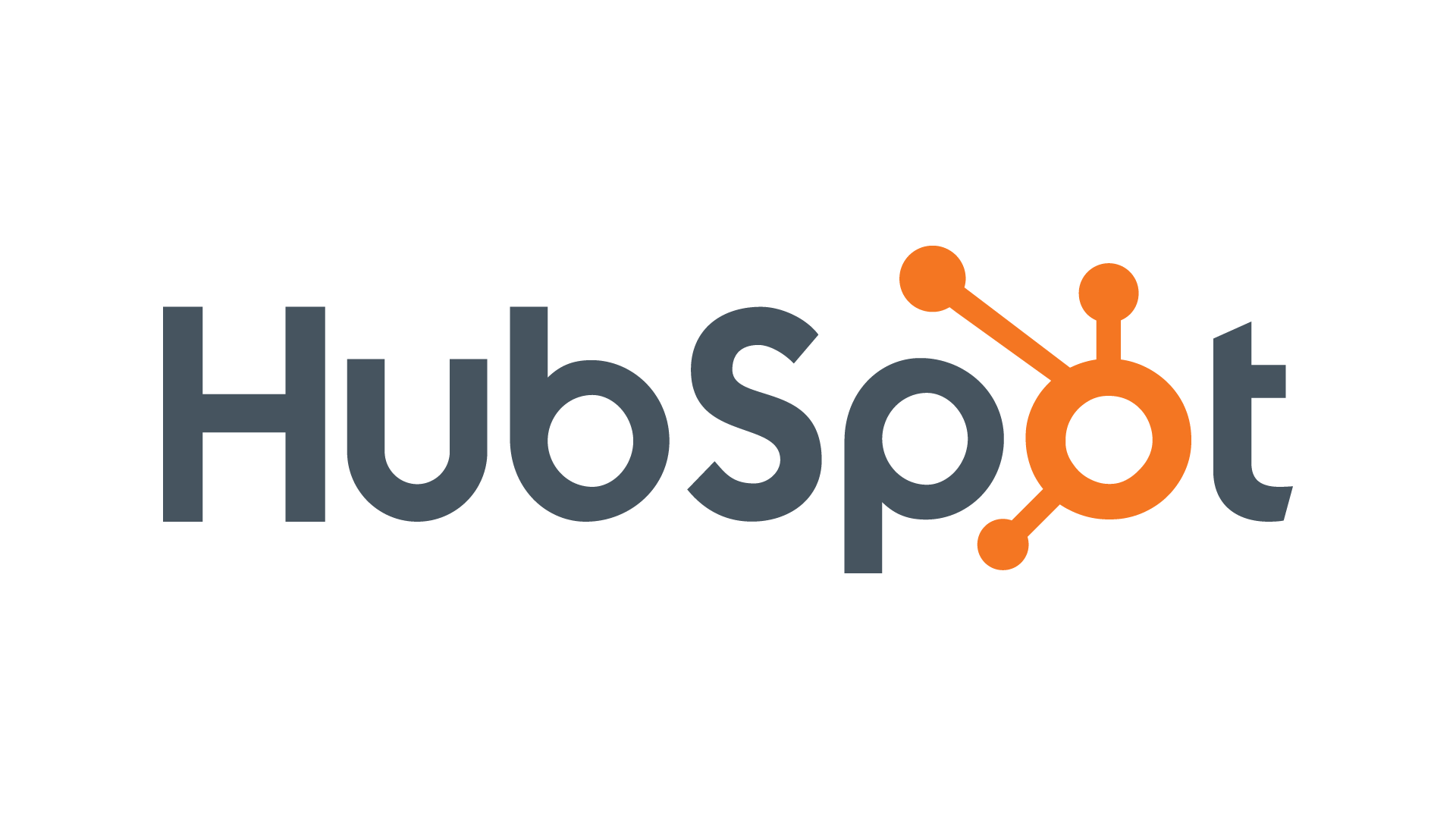A Comprehensive Guide to HubSpot Custom Integration
Three ways to integrate CRM software with HubSpot
There are three integration approaches:
- Native HubSpot connectors available in HubSpot's app marketplace
- Middleware solutions with apps like Zapier
- Custom API integrations for complex requirements without a native or middleware solution available
Reasons for HubSpot Integration
Real-time data syncing is the top reason organizations choose to integrate different applications. Manually retyping data takes time and exposes your data to errors caused by human error. By integrating applications, the data is entered once, often by the prospect or customer, and not touched by internal hands.
When to use a custom integration
You should only use a custom integration when HubSpot's native features, connectable apps, or middleware solutions do not solve your problems. Common reasons for custom integration include:
- Unique Business Processes: Companies with specific workflows not supported by HubSpot's built-in tools can use custom integrations to adapt the CRM to their needs.
- Legacy Systems: Businesses using older or proprietary systems without direct HubSpot connectors may need custom integrations to ensure smooth data flow.
- Advanced Data Management: Organizations requiring complex data handling beyond HubSpot's standard features can benefit from custom integrations, such as connecting with ERP systems for enhanced flexibility.
- Enhanced Reporting: Companies looking to merge data from various sources for detailed reporting and analytics might find custom integrations crucial, allowing them to effectively use tools like Tableau.
- Scalability and Growth: As businesses grow, their integration needs may surpass the capabilities of native tools, requiring custom solutions to handle larger data volumes and complexity.
Custom Integration Challenges
Standing up a new HubSpot instance is like building a new house. There is a standardized process that everyone understands. A custom integration is similar to renovating an old house. You never know what you find behind the walls. There may be custom code, complex data relationships, and unknown issues that are not revealed until they are discovered. Experienced data architects and developers can recognize issues before they occur saving the project and the client time and money.
Project scope and creep
Costs are always an issue with custom projects and can quickly get out of control if the client and agency don’t work closely together. Often problems are not encountered until late in the project during testing. Then both parties need to make decisions about the project’s direction. How important are the changes? Do you need additional work, but there isn’t enough money in the budget? Change orders, also known as project creep, also increase costs. These happen when the client changes their mind and requests work that wasn’t defined in the original scope.
Good project management and communications will alleviate most issues, so it is important to have a project manager who is proactive and brings up issues when they occur. This will save time as the project moves closer to implementation.
Matching data types
The HubSpot CRM has hundreds of standard properties (aka fields), and each property is defined by a property type. Most properties are text or numeric types, but other properties include dropdown (i.e. pick lists) lists, check boxes, and yes/no buttons. When importing or integrating data, it is critical to define the relationships between properties and match property types. For instance, if property options aren’t matched, then synchronization errors occur and data is transferred.
Here is an example:
Property: Job Seniority
Property Type: Dropdown
Property Options:
|
HubSpot CRM |
Other CRM |
Match? |
|
Junior |
Junior |
Yes |
|
Middle |
Middle |
Yes |
|
Senior |
Executive |
No |
In the example above, the developer and client must determine which option to choose, the Senior or Executive. It seems like a simple problem, but if the two CRMs have many dropdown lists, these mismatches can be missed and cause problems after deployment.
API Usage
An Application Programming Interface, commonly known as an API is the language developers use to connect two software programs and transfer data between them. Each time software requests information from another program, it creates an API call. Most software companies limit the number of API calls made during a certain timeframe and charge for that connection. These restrictions increase the cost of custom integrations and need to be determined during the original statement of work.
HubSpot requires OATH authentication to maintain the security of your data and according to the HubSpot Integration Guide, “For OAuth apps, each HubSpot account that installs your app is limited to 100 requests every 10 seconds. This excludes the Search API.”
Types of data synchronization
Data flow is another critical aspect when designing a custom integration. Do you want data to flow one way from one application to another, or does the data need to flow back and forth (aka two-way or bi-directional synchronization)? If you want both CRMs to automatically update each other, then choose two-way synchronization. If you do not need one source to be updated, then one-way synchronization is a better fit.
The custom integration process
Designing the custom integration requires advanced planning. Creating a visual model helps the developer and client understand the relationships between the applications, how the data is going to flow, and the rules required to avoid duplication and data errors.
Below is an example from InboundAV that shows the relationships between a fundraising application (Raisers Edge), a data warehouse, Shopify, and HubSpot. Note the arrows indicate which way the data is flowing and which applications require two-way synchronization.

Source: InboundAV
Testing and validation
As developers create custom connections, it is important to maintain a consistent testing process. It is important not to wait until the end of the project to begin testing, but rather, test as each step is completed. User Acceptance Testing (UAT) is the last step in the development process when the developer and the client tests the integrations together to prove that the solution is working. The client must also validate that the data being transferred is correct and located in the correct properties.
Maintaining HubSpot integrations
Once an integration is set up between HubSpot and third-party applications, the job is not finished. Every time a new property is created or a dropdown list changes in one application, the other application needs to be updated. It is important to keep up with this ongoing maintenance, otherwise, you will create synchronization issues that will stop data from transferring. Change requests should be tracked through a project management or help desk ticketing system as part of the documentation process. This will allow testers and future developers to debug issues.
How to Select a HubSpot Custom Integration Vendor
The first step is to select an integration vendor who is experienced, and preferably certified, by HubSpot to perform custom integrations. HubSpot is a complex platform with multiple applications, a unique programming environment, and unique data structure. HubSpot developers are trained to work with the HubSpot tools and understand the nuances and limitations of the platform. It also helps that the integration vendor has experience with other major CRM, financial, and ERP applications.
Keys to successful custom HubSpot integrations
Custom integration projects help organizations improve internal processes and reduce costs and data redundancy. These projects are more expensive than out-of-the-box solutions but tie together critical systems in larger organizations. It is important to identify integration challenges, use visual design tools, and test integrations while they are being developed. Keep track of change orders to avoid project scope creep and budget increases. To ensure successful integration, work with certified HubSpot custom integration consultants.
InboundAV is a full-service business development agency and certified HubSpot Custom Integration Partner. We help growing businesses develop game-changing strategies and the automated processes needed to help you scale. As a HubSpot partner, we provide a full range of services to support your operations team, including custom integrations, automated workflows, onboarding, training, and ongoing support services.






